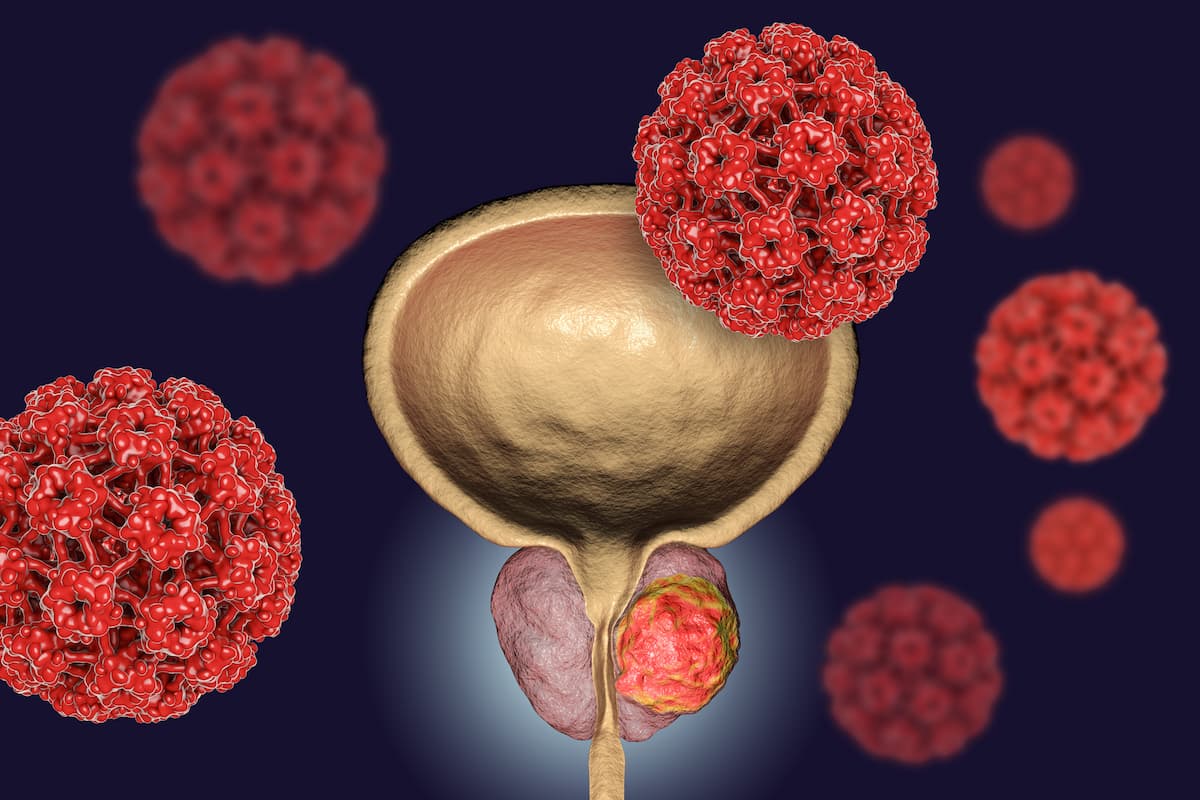Hematological Toxicity Does Not Increase in mCRPC With Previous ERBT
The overall incidence of bone fractures with prior EBRT to the bone in patients with metastatic castration-resistant prostate cancer remains low.
“Although concurrent EBRT to bone was used to treat bone pain in [the] ALSYMPCA [trial], only a few patients among the overall US subset received Ra-223 and concomitant EBRT to bone,” according to presenters.

The relative incidence of hematological toxicity among patients with metastatic castration-resistant prostate cancer (mCRPC) undergoing treatment with radium-223 (Ra-223) did not increase following prior external beam radiation therapy (EBRT), according to findings from the REASSURE trial (NCT02141438) presented at the 2024 Genitourinary Cancers Symposium.
“Although concurrent EBRT to bone was used to treat bone pain in [the] ALSYMPCA [trial], only a few patients among the overall US subset received Ra-223 and concomitant EBRT to bone,” the researchers wrote in the poster. “Patients who received EBRT to the bone within 2 years prior to Ra-223 did not demonstrate an increased incidence of hematological toxicities relative to patients who did not receive EBRT to bone.”
Of the 498 patients with mCRPC who were treated with Ra-223 in the United States, 118 patients (median age at informed consent, 72 years; range, 47-93) underwent treatment with EBRT to the bone within 2 years before treatment with Ra-223 and 380 patients (median age at informed consent, 75 years; range, 44-94) did not receive EBRT to the bone. The median duration of observation in patients who received EBRT before Ra-223 was 11.7 months (range, 0.4-41.3) vs 12.0 months (range, 0.4-39.1) in those who did not receive the therapy beforehand.
Drug-related hematological treatment-emergent adverse events (TEAEs) were proportionately similar between the EBRT cohort and the those who did not receive EBRT to the bone, occurring in 8.5% (10/118) and 9.7% (37/380), respectively. Grade 3 or higher drug-related TEAEs occurred in 8.4% (10/118) and 10.5% (40/380), respectively. TEAEs resulting in Ra-223 discontinuation occurred in 4.2% of patients (n = 5) who received EBRT and in 4.2% (n = 16) who did not receive EBRT. Drug-related severe adverse events (SAEs) resulted in 1 death in each group.
Eight patients in the EBRT cohort (6.8%) and 11 patients who did not receive EBRT to the bone (2.9%) experienced bone fractures.
“Despite a higher rate of bone fractures with prior EBRT to bone, the overall incidence was low,” the researchers wrote in the poster.
There were 6 second primary malignancies (SPMs) found in 5 patients (4%) with prior EBRT to the bone compared with 5 SPMs in 5 patients (1%) without EBRT to the bone. Of note, SPMs in patients with prior EBRT to the bone included lung, gastrointestinal tract, skin, and liver; 1 patient had a neuroendocrine tumor.
“Although the percentage of SPMs was higher among patients treated with EBRT to bone relative to patients who did not receive EBRT to bone, the overall incidence remained low, and there were no hematological malignancies,” the researchers wrote in the posters.
Reference
Sartor O, Conti P, Taplin M, et al. Safety outcomes in patients with metastatic castration-resistant prostate cancer treated with radium-223 following external beam radiation therapy: REASSURE US subset. J Clin Oncol 42, 2024 (suppl 4; abstr 106). doi:10.1200/JCO.2024.42.4_suppl.106
Frontline Chemo-Free Regimen Supported in HR+/HER2+ Breast Cancer Therapy
January 1st 2024Combining anastrozole with palbociclib, trastuzumab, and pertuzumab as a frontline therapy for hormone receptor–positive, HER2-positive breast cancer may avoid some of the toxicities associated with chemotherapy, says Amy Tiersten, MD.